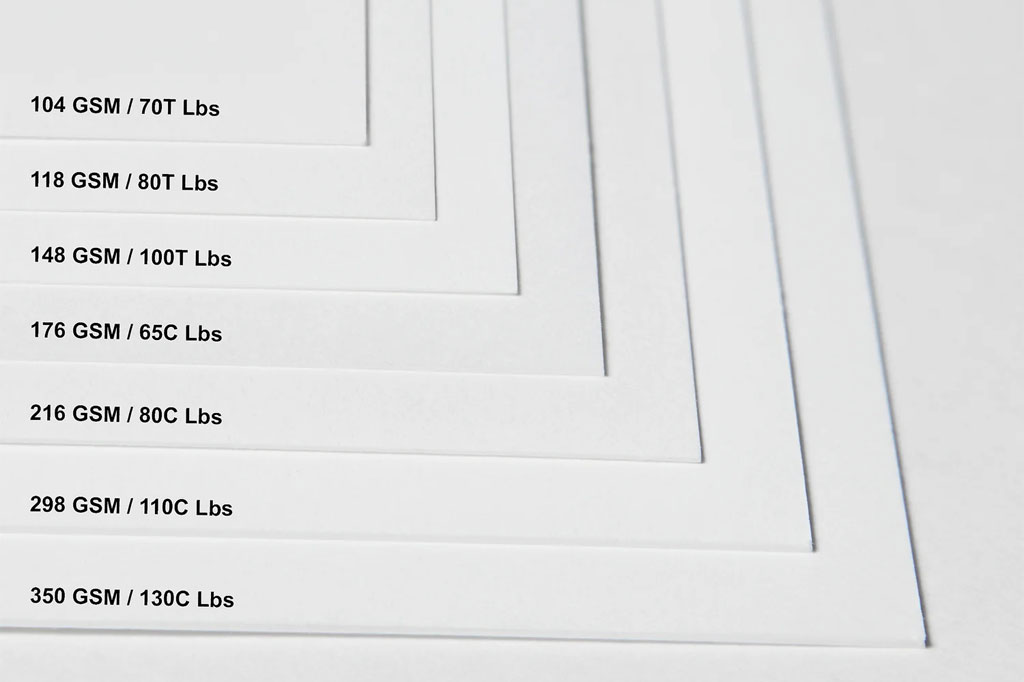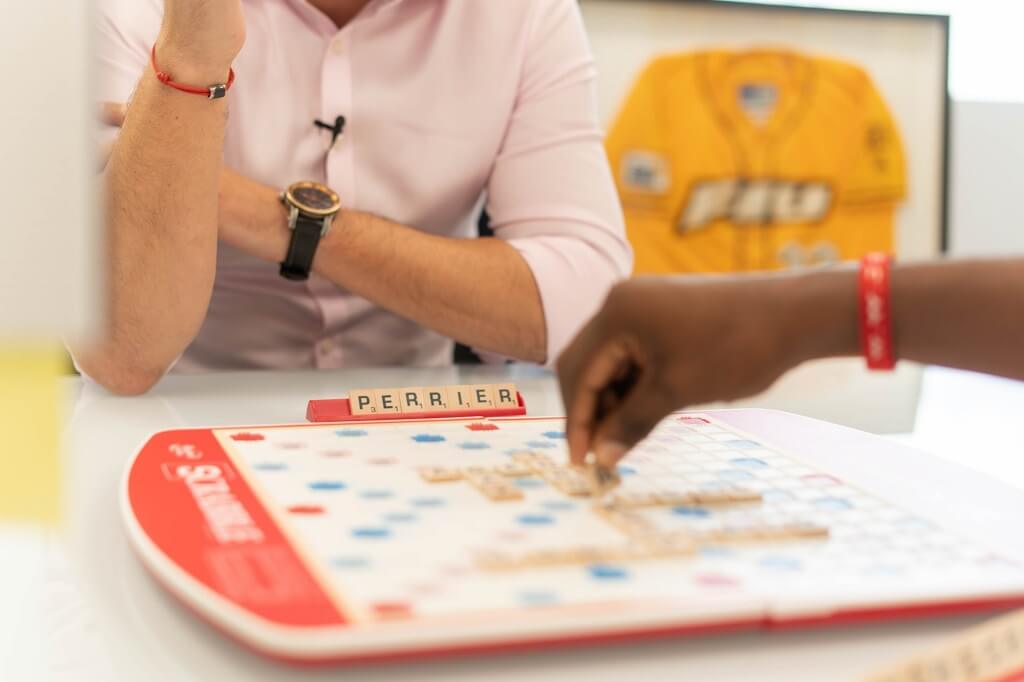Cardstock paper weight is one of the most important factors that determine the quality, durability, and feel of game components – especially game cards, game boxes, and packaging inserts.
Choosing the right cardstock weight ensures your cards handle well, look professional, and last through repeated play.
However, paper weight terminology can be confusing. Manufacturers often list paper weight in GSM (grams per square meter) or in pounds (lb), and the numbers don’t directly match.
Understanding these measurements can help game designers and buyers communicate effectively with printers and ensure consistent product quality.
Table of Contents
What Is Cardstock Paper Weight?
Cardstock paper weight indicates how thick, dense, and sturdy a sheet of paper is. Higher weight typically means:
- A thicker, more rigid card
- Better durability
- Less transparency
- More premium feel
- Higher cost
Cardstock is usually heavier than standard printing paper, making it suitable for heavily handled items like game cards.
There are two globally used measurement systems:
- GSM (Grams per Square Meter) – Standard everywhere except the U.S and Canada.
- Pound Weight (lb) – Primarily used in the U.S. and based on paper type, not actual weight.
To choose the right paper for your game project, you must understand both.
What is GSM?
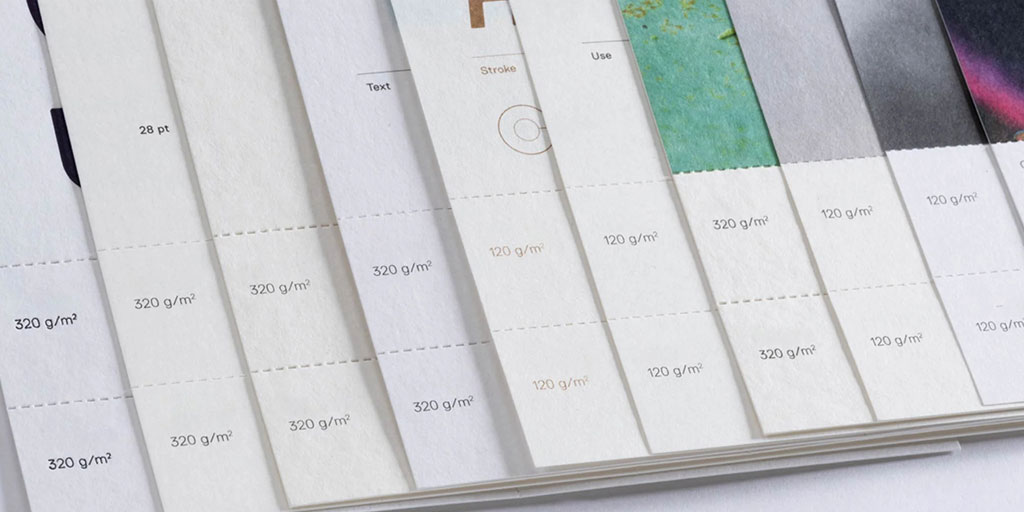
GSM stands for grams per square meter, and it is the most universal and straightforward way to measure paper weight. A single sheet measuring one meter by one meter is weighed; the result (in grams) becomes the paper’s GSM.
Higher GSM means:
- The paper is thicker
- The paper is heavier
- The card feels sturdier and more rigid
Common GSM ranges for game cards include:
- 250–270 GSM – Entry-level, light cardstock used for budget card games.
- 280–300 GSM – Standard cardstock for most playing cards and board game decks.
- 310–330 GSM – Premium cardstock with increased durability and a more professional feel.
- 350–400 GSM – Luxury, extra-thick cards used for collector decks or special editions.
Because GSM is a global standard, it is widely used in manufacturing, especially in Europe and Asia. When ordering from international factories, GSM is typically the primary specification.
What is Paper Weight in Pounds (lb)?
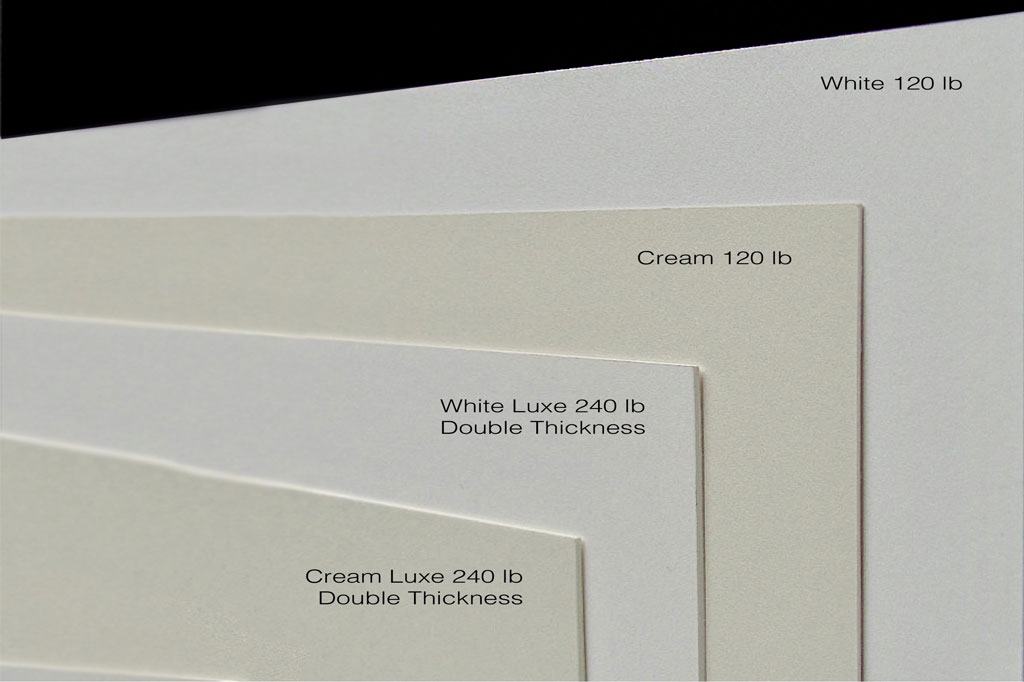
In the United States, paper is often measured in pounds (lb). This system is more confusing because “pound weight” depends on the basis size, which varies depending on the paper type. For example, 80 lb cover stock is much thicker than 80 lb text stock—yet both use the same number.
When referring to cards, the relevant category is cover stock or card stock, not text or writing paper. For game manufacturing, the pound measurement usually refers to cover weight.
Common pound weights for game cards:
- 80 lb cover – Thin and flexible; rarely used for quality game cards.
- 100 lb cover – Standard entry-level for budget games.
- 110–120 lb cover – Mid-range, used for many hobby board games.
- 130–140 lb cover – Premium cardstock, comparable to high-end trading cards.
Because the pound system varies by paper type, it is less consistent than GSM. However, many North American clients are more comfortable using lb, so understanding the conversion is useful.
GSM vs. Pounds: Why Two Systems?
The existence of two measurement systems is largely historical and regional.
GSM is simple and absolute
- Measures weight per unit area.
- Consistent across all paper types.
- Widely used internationally.
Pound weight is relative and type-dependent
- Based on the weight of a specific “basis size” of paper.
- Paper categories have different basis sizes, causing confusion.
- Primarily used in the United States and Canada.
For board game manufacturing, especially when dealing with overseas production, GSM is almost always preferred for accuracy and clarity.
General Conversion Between GSM and Pounds
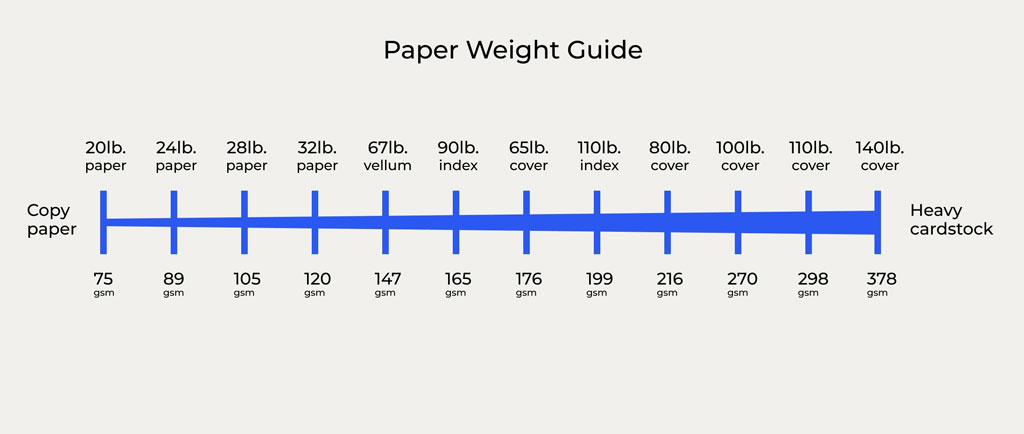
Converting between GSM and pounds is not exact because different paper types have different basis weights. However, for cardstock/cover stock, a commonly accepted approximation is:
- 250 GSM ≈ 90 lb cover
- 270 GSM ≈ 100 lb cover
- 300 GSM ≈ 110 lb cover
- 320 GSM ≈ 120 lb cover
- 350 GSM ≈ 130–140 lb cover
Manufacturers often provide both specifications. When in doubt, request printed samples to evaluate the actual feel.
Typical Cardstock Weights in Board Game Manufacturing
280–300 GSM (Standard Cardstock)
Used for:
- Most hobby board games
- Standard playing cards
- Compact card games
Advantages:
- Good balance of cost and durability
- Sufficient stiffness for general use
310–330 GSM (Premium Cardstock)
Used for:
- High-end board games
- Trading card games
- Deluxe editions
Advantages:
- Professional, rigid feel
- Enhanced durability during constant shuffling
- Often paired with linen finish
350+ GSM (Luxury Cardstock)
Used for:
- Collector’s editions
- Souvenir or promotional cards
- Oversized tarot and oracle cards
Advantages:
- Very thick and premium
- High perceived value

